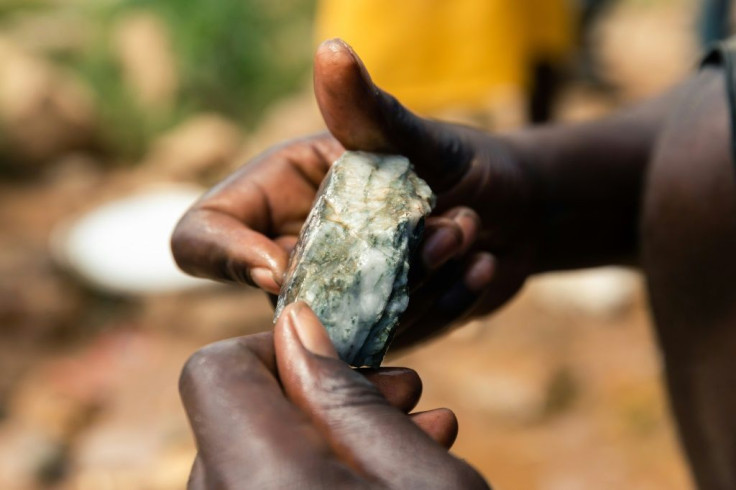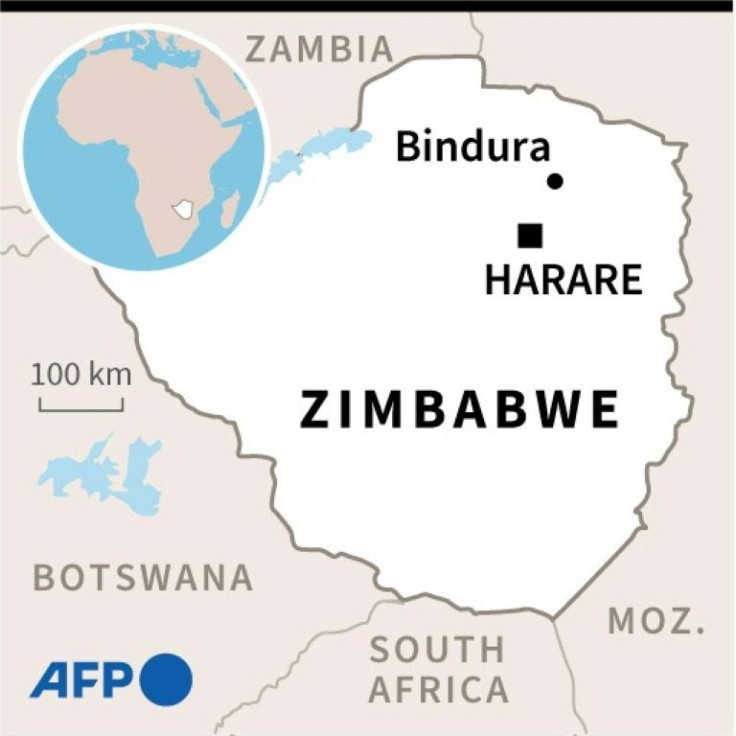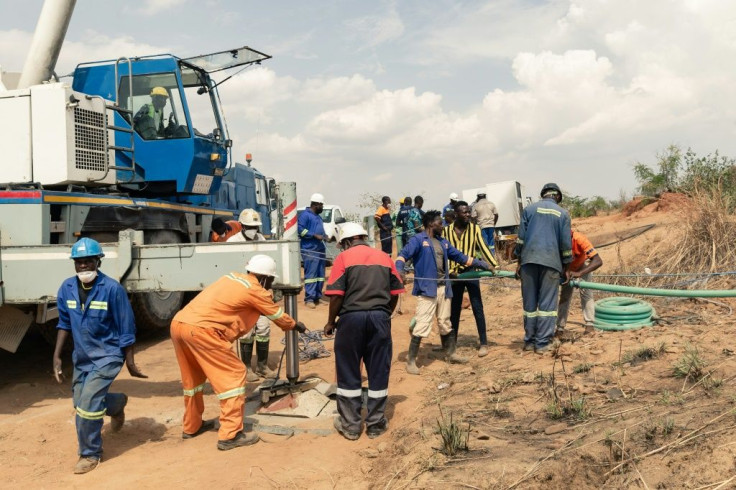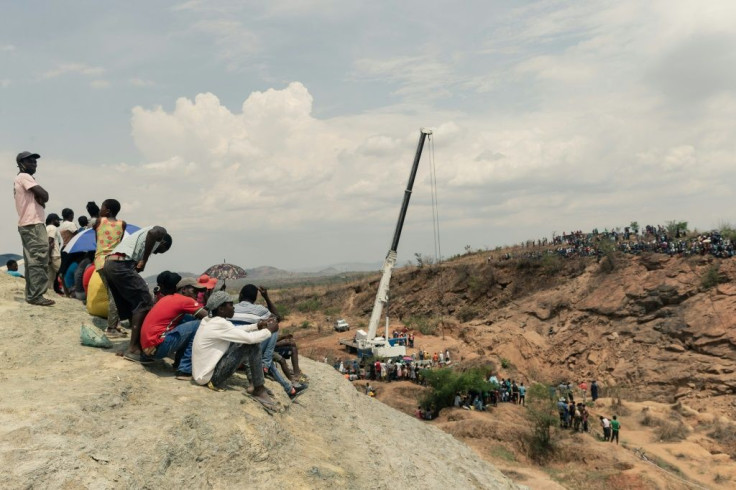Zimbabwe Mine Shaft Collapse Leaves Dozens Trapped
Around 40 informal miners have been trapped underground in northeastern Zimbabwe after a shaft in a disused gold mine collapsed, the country's miners' federation said Thursday.
The disaster occurred late Wednesday in the town of Bindura, around 70 kilometres (43 miles) north of the capital Harare, said Wellington Takavarasha, head of the Zimbabwe Miners Federation.

AFP journalists witnessed rescuers pumping water out of a flooded main shaft hoping to open up a passageway to the miners.
"We understand there were some organised mining syndicates who were mining here," Nathan Nkomo, director of the state rescue agency known as Civil Protection Unit, told AFP at the scene.

"After blasting some of the pillars, that is when the whole mine collapsed," he said, adding that the exact "numbers are not yet established".
Takavarasha told AFP that the miners were working inside the disused Ran Gold Mine when a shaft caved in.

Six miners have since been pulled out and taken to hospital.
"Those who were rescued said there were about 40 people in the mine shaft at the time of the incident," Takavarasha said.

As rescuers worked, hundreds of people gathered on mounds close to the mining area, which is dotted with holes and crevices that miners dig to extract ore.
Some were relatives, sitting under trees as they waited for updates from the authorities.
Funeral companies pitched tents at the site.

"I am waiting for my brother's son who is trapped underground," Patience Jacob said.
"The rescue team is assisting but I think they are not that effective... I doubt they will be retrieved alive," she said.
Ran Mine was closed 10 years ago and retrenched workers remained behind to informally mine for residual gold.
Mining is a major source of foreign currency for Zimbabwe, where gold alone accounts for 60 percent of exports.
The gold sector provides jobs to nearly 10 percent of the country's population, according to the International Crisis Group (ICG), a key source of employment in the struggling economy.
An estimated 1.5 million people have turned to artisanal mining as a safety net, the ICG said in a report published this week, adding that poverty and the fallout from the Covid-19 pandemic will likely drive more people towards the sector.
Last year, artisanal and small scale miners were responsible for 63 percent of the recorded gold production, according to official statistics.
Small-scale miners often operate illegally to avoid selling their bullion to the state-owned buyer, Fidelity Printers and Refiners, as they are paid only 55 percent in foreign currency.
The remaining 45 percent is paid in Zimbabwean dollars, which is notoriously weak and volatile.





















